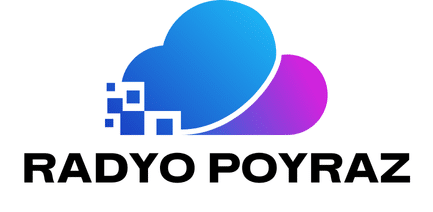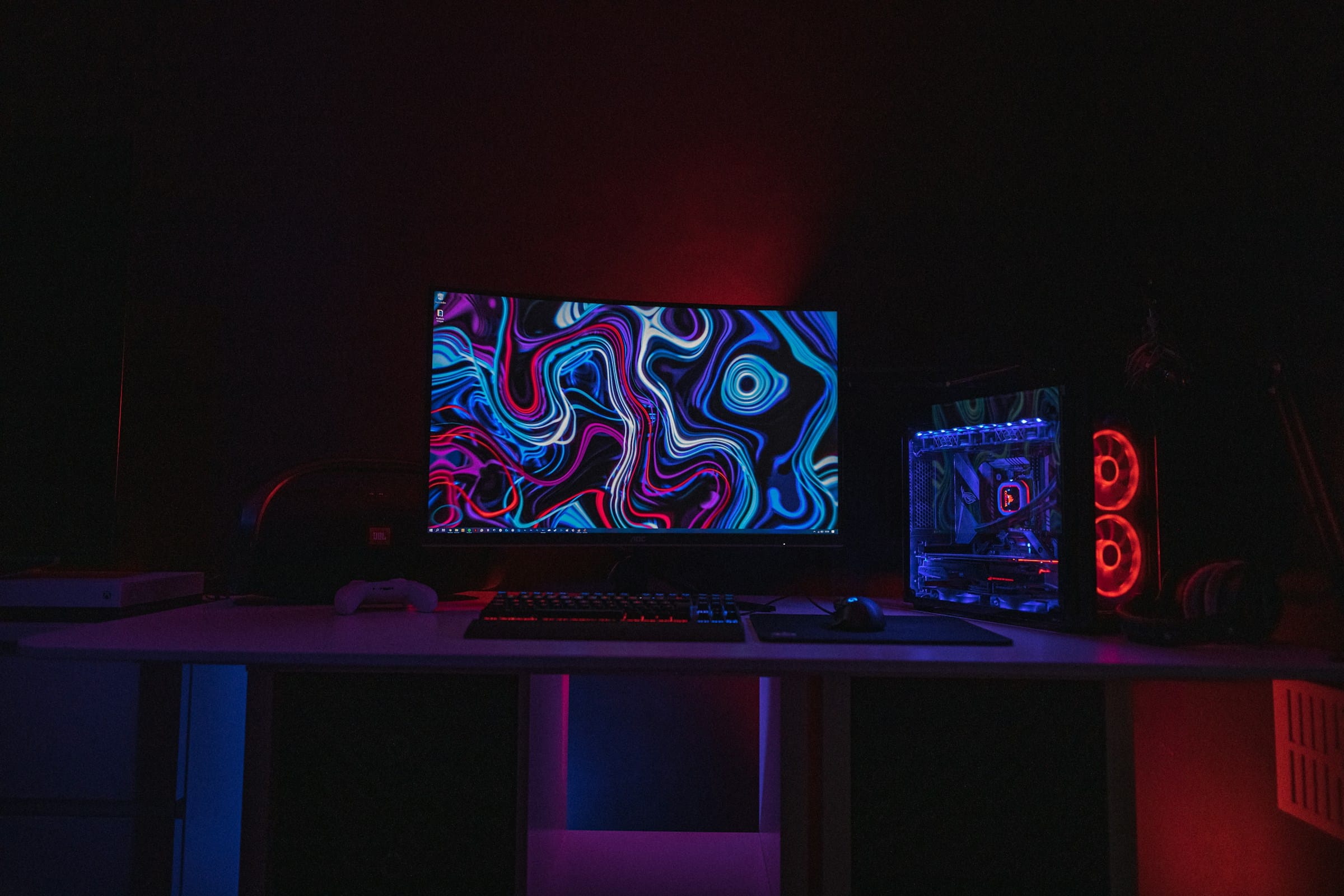The Fractal Design Define 7 case is a popular choice among PC enthusiasts, particularly those looking to build powerful systems with multiple GPUs. However, ensuring optimal cooling performance in such a setup can be a challenge. This article will guide you through the process of optimizing the cooling performance of your Fractal Design Define 7 case, ensuring that your system remains cool and efficient.
Understanding the Fractal Design Define 7 Case
To optimize the cooling performance of your Fractal Design Define 7, it is essential first to understand the case’s design and capabilities. The Define 7 is known for its high-quality build, versatile cooling options, and excellent airflow design. This case comes with a range of features, including multiple fan mounts, extensive radiator support, and a modular design to accommodate different hardware configurations.
Cela peut vous intéresser : What are the best practices for setting up a home automation system using Apple HomeKit and a HomePod Mini?
The Define series by Fractal Design aims to provide a balance between aesthetics, functionality, and performance. The Define 7, in particular, offers a minimalist design with sound-dampening materials, making it a perfect choice for both gaming and professional setups such as deep learning workstations. With this solid foundation, let’s explore how to optimize your case for a multi-GPU setup.
Choosing the Right Fans for Optimal Airflow
Selecting the right fans is crucial for maintaining optimal airflow and cooling within your Define 7 case. The case supports up to nine fans, giving you ample opportunities to create an effective cooling system. Here are some key considerations when choosing fans:
A découvrir également : How do you set up a secure VPN connection on a Netgear Nighthawk AX12 router for remote access?
- Fan Size and Placement: The Define 7 supports 120mm and 140mm fans. Larger fans like the 140mm typically move more air at lower RPMs, which can be beneficial for reducing noise while maintaining high airflow. Positioning fans at the front as intake and at the top and rear as exhaust can create a balanced airflow that helps to dissipate heat efficiently.
- Fan Type: There are two main types of fans: static pressure and airflow fans. Static pressure fans are ideal for use with radiators or where there is significant resistance to airflow, while airflow fans are better suited for open areas where there is less resistance. For a multi-GPU setup, consider using static pressure fans for any radiators and airflow fans for general intake and exhaust.
- PWM Control: Utilizing PWM (Pulse Width Modulation) fans can provide better control over fan speeds, allowing your system to ramp up cooling when needed and reduce noise during less demanding tasks. Connecting these to a fan hub can help manage multiple fans more efficiently.
By carefully selecting and positioning your case fans, you can create a cooling system that maximizes airflow and minimizes hot spots within your Define 7 case.
Optimizing Airflow for Multi-GPU Setups
In a multi-GPU setup, optimizing airflow is critical to ensure that each GPU receives adequate cooling. GPUs, especially powerful ones like the RTX series, can generate significant heat, and without proper airflow, this can lead to thermal throttling and reduced performance.
- Front Intake Fans: Installing high-quality intake fans at the front of the case can help draw in cool air and direct it towards the GPUs. Ensure these fans have a high CFM (cubic feet per minute) rating to move a large volume of air.
- Top Exhaust Fans: Hot air naturally rises, so placing exhaust fans at the top of the case can help remove hot air efficiently. Consider using multiple fans to create a strong upward airflow.
- Rear Exhaust Fan: A rear exhaust fan can help expel hot air from the case, preventing it from lingering and causing heat buildup around the CPU and other components.
- Fan Placement and Configuration: Position fans to create a continuous front-to-back airflow pattern. Avoid placing fans that work against each other as this can create turbulence and reduce overall cooling efficiency.
- Cable Management: Good cable management can significantly improve airflow by reducing obstructions. Use the Define 7’s built-in cable routing features to keep cables tidy and out of the way.
By strategically placing and configuring your fans, you can create an airflow pattern that effectively cools multiple GPUs and other components within your Define 7 case.
Enhancing Cooling with Water Cooling Solutions
While air cooling can be highly effective, integrating water cooling can take your system’s cooling performance to the next level. Water cooling solutions, such as AIO (All-In-One) coolers or custom loops, can provide superior cooling for both CPUs and GPUs, particularly in high-performance systems.
- AIO Coolers: AIO coolers are a popular choice for their ease of installation and maintenance. The Define 7 supports multiple radiator sizes, including 240mm, 280mm, and 360mm. Placing an AIO cooler’s radiator at the front of the case can help direct cool air over the GPUs.
- Custom Water Cooling Loops: For those willing to invest more time and effort, custom water cooling loops offer the best cooling performance. Custom loops can be designed to cool both the CPU and multiple GPUs. The Define 7’s modular design and extensive radiator support make it an excellent case for custom loops.
- Pump and Reservoir Placement: Proper placement of the pump and reservoir is essential for maintaining good flow rates and cooling efficiency. The Define 7 provides various mounting options, allowing you to find the best placement for your components.
- Maintenance: Regular maintenance is essential for water cooling systems to ensure optimal performance. This includes checking for leaks, topping up coolant, and cleaning radiators and fans.
By incorporating water cooling solutions, you can achieve lower temperatures and potentially higher overclocking capabilities, ensuring your multi-GPU setup runs smoothly and efficiently.
Monitoring and Adjusting Fan Speeds
Once you have set up your cooling system, monitoring and adjusting fan speeds is essential to maintain optimal performance. By using software tools, you can monitor temperatures and adjust fan speeds to find the perfect balance between cooling and noise.
- Temperature Monitoring Software: Tools like HWMonitor, MSI Afterburner, and SpeedFan can help you keep track of your system’s temperatures. Monitoring your GPU and CPU temperatures is crucial, especially under load.
- Fan Speed Adjustment: Using software or your motherboard’s BIOS, you can create fan curves that adjust fan speeds based on temperature thresholds. This ensures that your fans ramp up when needed and remain quiet during less demanding tasks.
- Regular Checks: Periodically check your system’s temperatures and adjust fan speeds as needed. Dust buildup can affect cooling performance, so cleaning your case and fans regularly is also important.
By actively monitoring and adjusting your fan speeds, you can maintain an optimal cooling environment for your multi-GPU setup, ensuring consistent performance and longevity of your components.
Optimizing the cooling performance of a Fractal Design Define 7 case for a multi-GPU setup involves careful planning and execution. By understanding the case’s design, selecting the right fans, optimizing airflow, incorporating water cooling solutions, and monitoring fan speeds, you can create a cooling system that keeps your high-performance components cool and efficient.
Whether you’re building a gaming rig with the latest RTX series GPUs or setting up a deep learning workstation, following these steps will help you achieve the best cooling performance possible. By maintaining optimal temperatures, you can ensure that your system runs smoothly, reliably, and at peak performance. With the right approach, the Fractal Design Define 7 can support even the most demanding multi-GPU setups, allowing you to enjoy the full potential of your hardware.
So, bookmark this guide, subscribe to our RSS feed, and stay tuned for more tips on optimizing your PC setup. Your multi-GPU system deserves the best cooling solution, and with the Define 7, you have the perfect case to achieve it.






